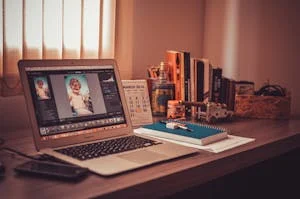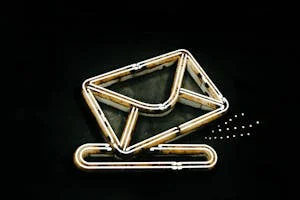Welcome to
Logo Design 101

Introduction to Logo Design
Logo design is the art of creating a unique visual identity that represents a brand, company, or individual. A well-designed logo communicates a brand’s personality, values, and essence at a glance.
In today's competitive market, a strong logo is essential. It helps businesses stand out, build recognition, and establish trust with their audience. Elements like typography, color, and symbolism play a key role in crafting a memorable logo.
Below, you'll find valuable resources and tools to help you develop your logo design skills, stay updated with industry trends, and improve your creative process. Whether you're a beginner or an experienced designer, these materials will empower you to create stunning logos.
1. Logo Design Resources
-
Logo Design Tools & Software
Explore essential tools like Adobe Illustrator, Canva, Figma, and GIMP. Learn to use them effectively with tutorials and guides.
-
Typography & Font Selection
Choosing the right font is crucial in logo design. Explore great fonts from Google Fonts and DaFont, and learn how to pair them effectively.
-
Logo Design Inspiration
Find inspiration by exploring successful logos from top designers. Visit Dribbble and Behance for creative ideas.
2. Step-by-Step Tutorials
-
Beginner Guides
Learn the fundamentals of logo design, including balance, contrast, and scalability. Visit Smashing Magazine for beginner-friendly tutorials.
-
Advanced Techniques
Discover advanced techniques such as negative space, monogram logos, and grid-based design. Tuts+ Design offers detailed tutorials.
-
Project Walkthroughs
Follow real-world projects that showcase the process of designing logos from concept to completion. Check out Skillshare for structured lessons.
3. Logo Design Trends & Best Practices
-
2025 Logo Design Trends
Stay ahead with the latest trends in logo design, such as minimalist logos, geometric shapes, and retro branding. Visit Creative Bloq for insights.
-
Color Theory in Logo Design
Understand how color choices impact brand identity and perception. Learn more at Color Matters.
-
Branding & Identity Design
Explore strategies for crafting a cohesive brand identity that extends beyond the logo. Visit 99Designs for expert advice.
4. Career Growth for Logo Designers
-
Building a Portfolio
Showcase your best logo designs with an online portfolio. Use platforms like PortfolioBox or Behance.
-
Freelancing Tips
Learn how to start a career in logo design, attract clients, and set fair pricing. Platforms like Upwork and Fiverr can help you find gigs.
-
Design Communities
Connect with other designers, get feedback, and improve your skills by joining online communities like Dribbble and Reddit’s Logo Design Community.
"A logo doesn’t sell (directly), it identifies." – Paul Rand


Many individuals begin with freelancing as a side project, leveraging existing skills to generate additional income. This extra income can be used for personal goals like travel, saving, or investing, or even for growing a future business.
Freelancing offers freedom and flexibility, but it requires patience, planning, and determination. Here are some essential tips to keep in mind as you embark on this path:
- Clarify your expertise: Identify the areas where you excel and can add value. Specializing in certain skills can help you stand out in a competitive environment.
- Create a portfolio: Showcase your best work in a way that’s easily accessible to potential clients. A simple website or online presence can serve as a platform for your portfolio.
- Set attainable goals: Start with smaller, manageable projects. As you grow in experience, you can increase your workload and expand your reach.
- Promote your skills: Explore various ways to connect with potential clients, including using online platforms, social media, or word-of-mouth referrals.
- Be mindful of finances: Set aside funds for taxes and savings, and make sure to manage your income and expenses effectively to avoid stress later on.
It’s important to understand that freelancing requires persistence and time. Building a strong reputation and a steady client base won’t happen overnight, but with consistent effort, you can achieve both personal and professional success.
